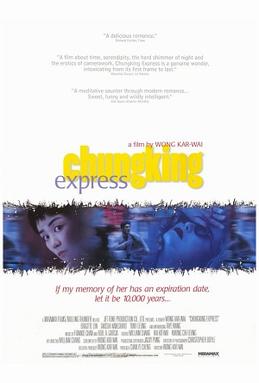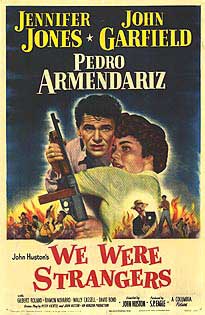 |
| Sebastian Stan and Chris Evans in Captain America: Civil War |
Tony Stark / Iron Man: Robert Downey Jr.
Natasha Romanoff / Black Widow: Scarlett Johansson
Bucky Barnes / Winter Soldier: Sebastian Stan
Sam Wilson / Falcon: Anthony Mackie
Lt. James Rhodes / War Machine: Don Cheadle
Clint Barton / Hawkeye: Jeremy Renner
T'Challa / Black Panther: Chadwick Boseman
Vision: Paul Bettany
Wanda Maximoff / Scarlet Witch: Elizabeth Olsen
Scott Lang / Ant-Man: Paul Rudd
Sharon Carter: Emily VanCamp
Peter Parker / Spider-Man: Tom Holland
Zemo: Daniel Brühl
Brock Rumlow / Crossbones: Frank Grillo
Secretary of State Thaddeus Ross: William Hurt
Everett K. Ross: Martin Freeman
May Parker: Marisa Tomei
King T'Chaka: John Kani
Howard Stark: John Slattery
Maria Stark: Hope Davis
Miriam: Alfred Woodard
Director: Anthony Russo, Joe Russo
Screenplay: Christopher Markus, Stephen McFeely
Cinematography: Trent Opaloch
Production design: Owen Paterson
Film editing: Jeffrey Ford, Matthew Schmidt
Music: Henry Jackman
Perhaps the greatest contribution of science to science fiction in recent years has been the theory of multiple universes, or that the universe is actually a multiverse. It enables sci-fi writers, especially those who create comic books, television shows, and movies that feature superheroes, to get away with almost anything. Marvel has created its own Marvel Cinematic Universe, which teems with superpeople out to solve the world's problems and as a consequence sometimes screwing things up even more. The Marvel world has even recognized the screwups caused by the plethora of mutants, aliens, and wealthy scientists both good and bad, to the point that after the damage caused in Sokovia -- as seen in Avengers: Age of Ultron (Joss Whedon, 2015) -- the United Nations has put together the Sokovia Accords, designed to regulate the activities of superheroes. Unfortunately, this doesn't sit well with Captain America, who is a bit of a Libertarian, especially when enforcing the accords threatens his old friend Bucky Barnes, aka the Winter Soldier -- see Captain America: The Winter Solder (Anthony Russo and Joe Russo, 2014). So Cap's attempt to defend Barnes puts him at odds with Tony Stark, aka Iron Man, who thinks the Avengers need to display good faith with the accords. And so it goes, with various superheroes taking sides and doing battle for the cause they choose. The problem with Captain America: Civil War is essentially that of Avengers: Age of Ultron: Unless you're a Marvel Comics geek, you need a playbill in hand to figure out who's who and what their superpower is. Or you can, like me, just sit back and enjoy the ride. The Russo brothers have a skillful hand at keeping all of the mayhem going, and the screenplay by Christopher Marcus and Stephen McFeely provides enough quieter moments between the CGI-enhanced action sequences to stave off a headache. But the movie really does feel overpopulated at times: In addition to the combatants mentioned, there are also Scarlett Johansson's Black Widow, Anthony Mackie's Falcon, Don Cheadle's War Machine, Jeremy Renner's Hawkeye, and a few newcomers like Paul Rudd's Ant-Man and Tom Holland as the latest incarnation of Spider-Man, the previous actors, Tobey Maguire and Andrew Garfield, having outgrown the role. There's some good quippy fun among the various members of the cast when they're not showing off their superpowers.





.jpg)



